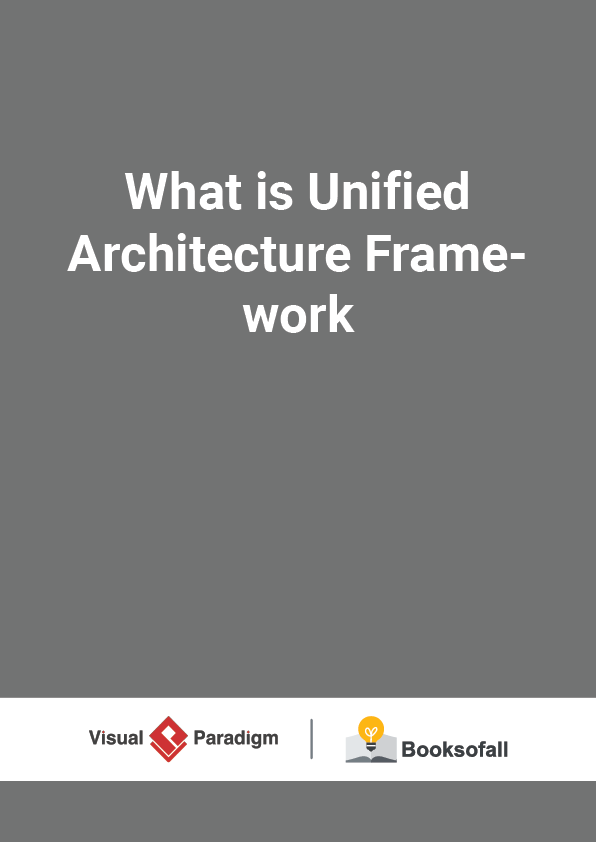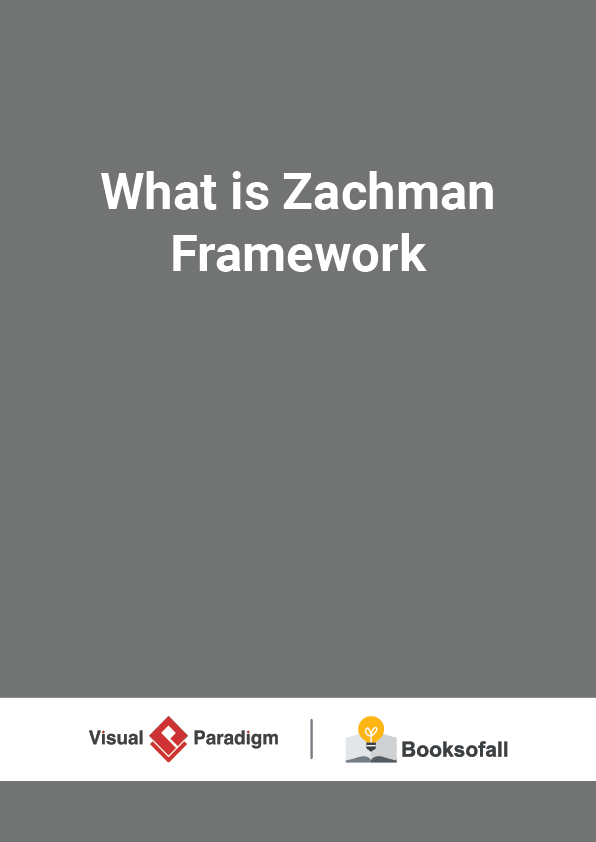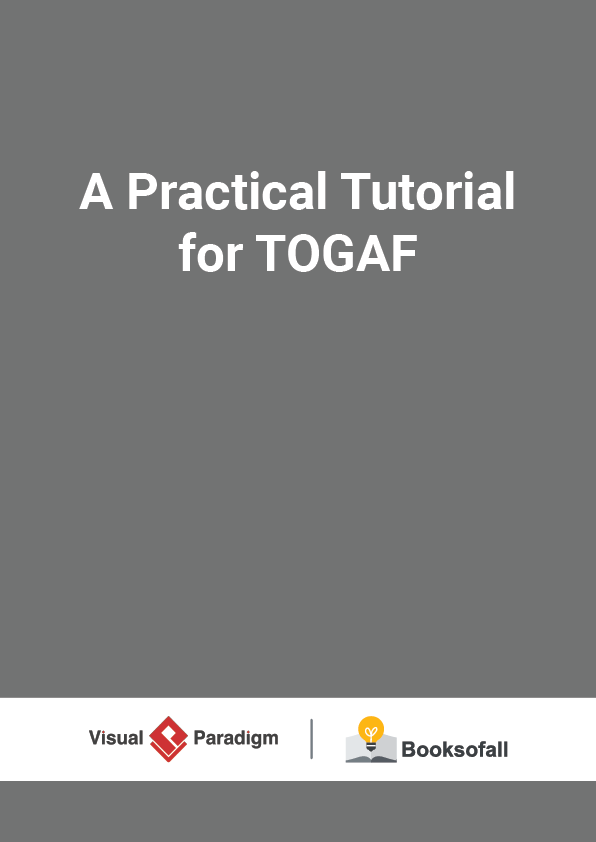Case Study: Using ArchiMate with TOGAF
12-16 minutes
The ArchiMate modeling language is designed to be compatible with the TOGAF framework; i.e., architects following the guidelines and best practices provided in the TOGAF framework can use the ArchiMate language to cover many of the modeling tasks, including the creation of views based on the various architecture viewpoints suggested in the TOGAF framework. The improvements made in ArchiMate 3.0 enable them seamlessly well integrated together:
The TOGAF framework and the ArchiMate language overlap in their use of viewpoints, and the concept of an underlying common repository of architectural artifacts and models; i.e., they have a firm common foundation.
The two standards complement each other with respect to the definition of an architecture development process and the definition of an Enterprise Architecture modeling language.
The ArchiMate 3.0 standard supports modeling of the architectures throughout the phases of the TOGAF Architecture Development Method (ADM).
The approximate mapping of the ArchiMate 3.0 modeling language to the TOGAF 9.1Architecture Development Method (ADM) is described in the Figure below:
Upgrade in the ArchiMate 3.0 Standard for TOGAF Integration
In addition to improvements in core elements in the Business, Application, and Technology Layers, the ArchiMate 3.0 standard adds several extensions that are relevant to an Enterprise Architecture practice:
1. A Physical Layer has been added in Version 3.0 as an extension to the Technology Layer, adding structural elements such as facility, equipment, and material. The Physical Layer re-uses the behavior elements of the Technology Layer.
2. The Motivation extension contains elements that motivate enterprise design and operation. They include, among others, stakeholder, driver, assessment, goal, requirement, and principle.
3. The Implementation and Migration extension models the implementation of all aspects of Enterprise Architectures, as well as the migration between generations of implemented architectures. They include a work package, deliverable, plateau, and gap.
4. The Strategy extension provides modeling support for business strategy and capability-based planning. Elements include capability, resource, and course of action.
Using ArchiMate for Developing TOGAF ADM – A Case Study
A number of examples drawn from the ArchiSurance Case Study follow, illustrating extracts of models that might be developed during a TOGAF ADM cycle.
Preliminary Phase: Architecture Principles
Principles in the TOGAF standard are established and maintained as part of the Preliminary Phase. This example shows how principles, their dependencies, and their goals can be represented in a graphical way.
Phase A: Architecture Vision
In the TOGAF standard, Phase A is concerned with establishing a high-level vision of the target architecture, across all the sub-domains of the Enterprise Architecture. An important part of this will be to establish and model the strategy of the business, and show how the architecture, and possible solutions that realize the architecture, implement the strategy.
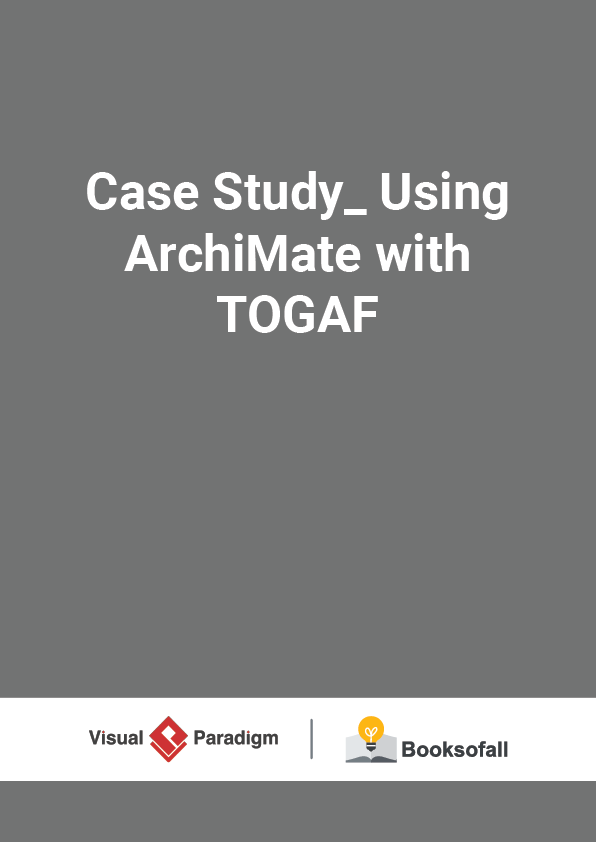

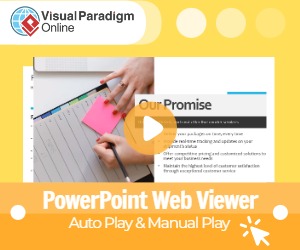
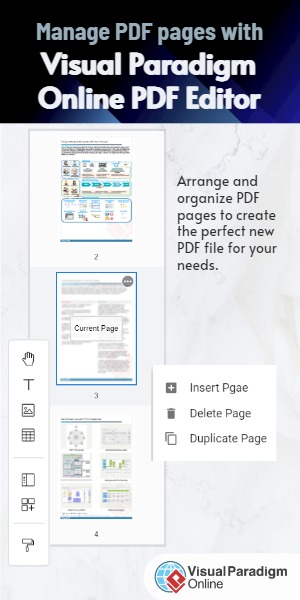
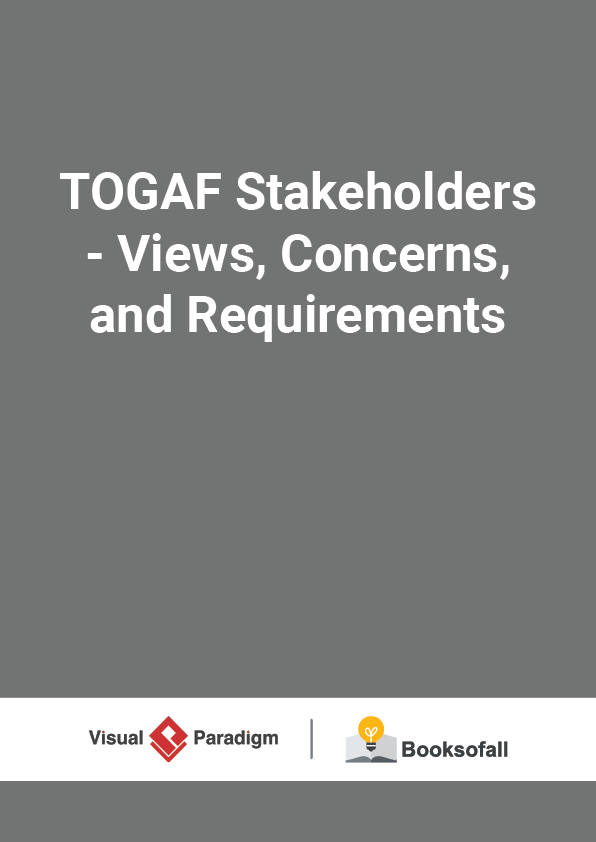
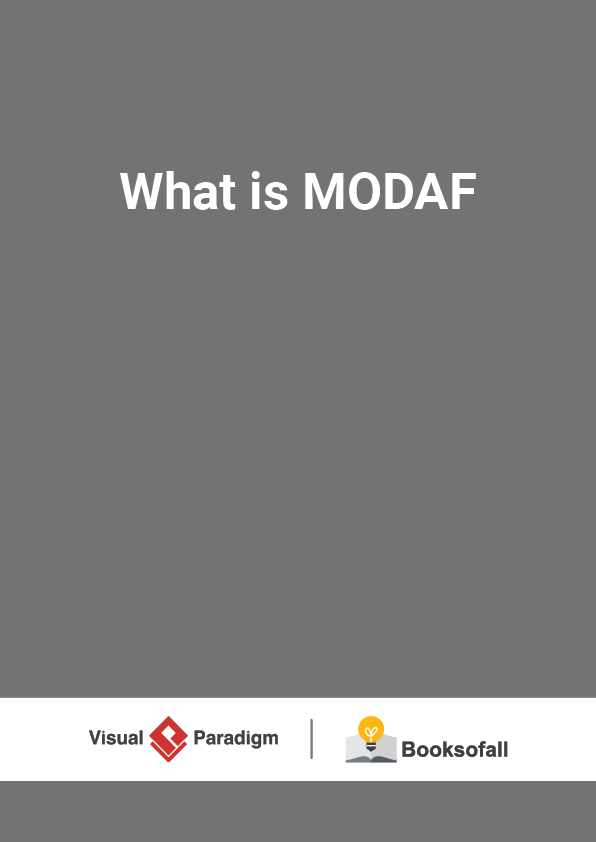
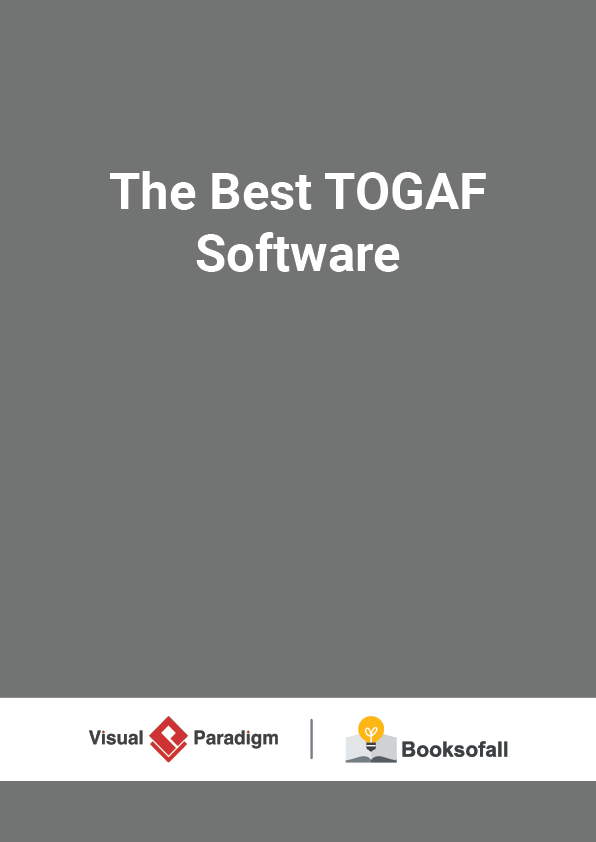
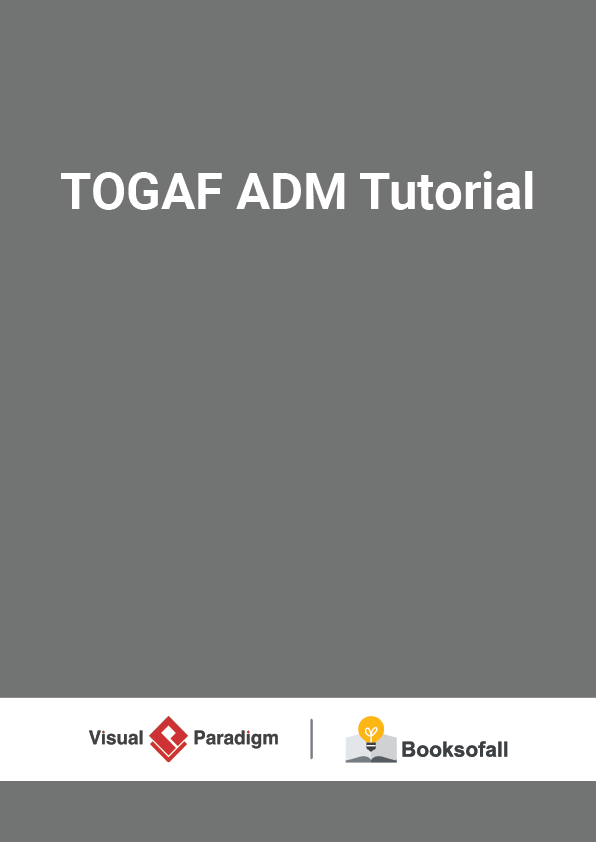
![ArchiMate 3 Update [Quick Walkthrough]](https://www.booksofall.com/wp-content/uploads/2022/06/ArchiMate-3-Update-Quick-Walkthrough-04.png)
